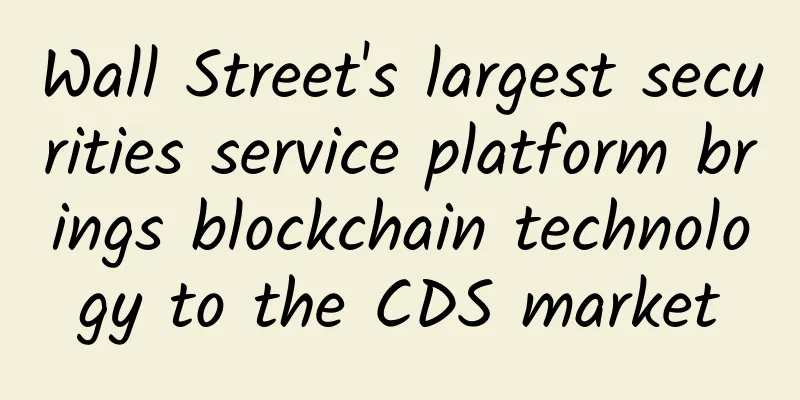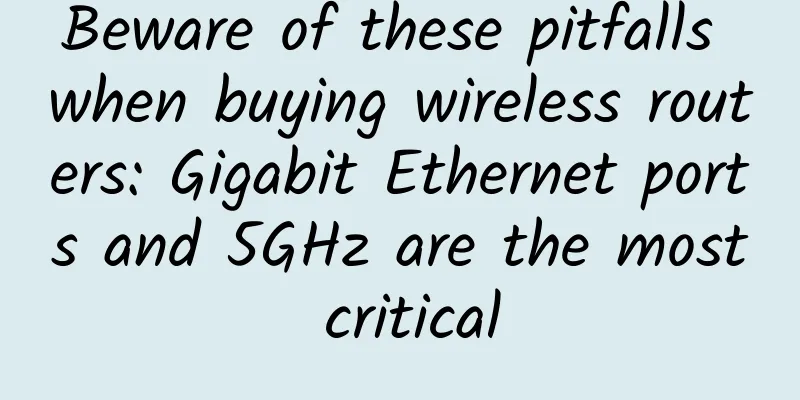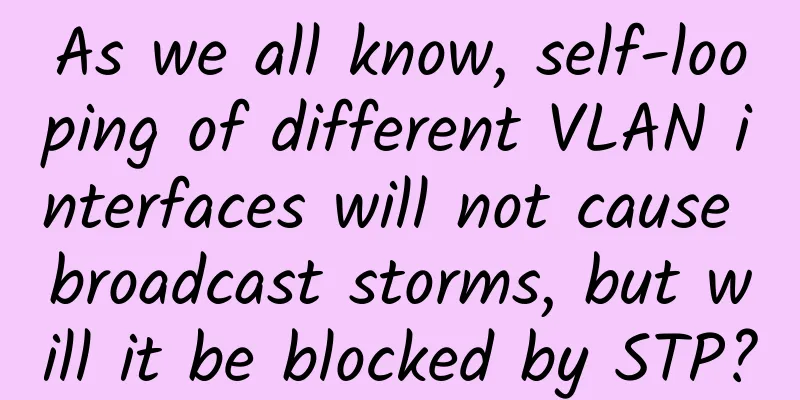Wall Street's largest securities service platform brings blockchain technology to the CDS market

|
[Original article from 51CTO.com] According to Bloomberg, the Depository Trust & Clearing Corporation (DTCC), which is also the back-end processing service of Wall Street, has begun to try to use blockchain technology to upgrade the processing of credit default swaps (CDS). DTCC is responsible for the settlement and clearing of stock and bond transactions across the United States. DTCC's system manages $11.7 trillion in outstanding credit swaps. DTCC said it is trying to reduce redundancy and reduce system costs. IBM and blockchain startups R3 and Axoni will help DTCC build a unified network for user credit swaps.
In fact, Wall Street has been looking to adopt distributed ledger technology in recent years, hoping to reduce costs by speeding up the settlement time of securities and derivatives. Although transactions are currently processed electronically, banks and fund managers keep transaction details in their own private databases. This means that details must be checked between different users, which is time-consuming, labor-intensive and prone to errors. Distributed ledger technology allows all users to share the same accurate data, allowing confirmation, payment and other processing to be completed in seconds. The efficiency gains brought by distributed ledger technology have attracted the attention of Wall Street executives. The new technology greatly reduces the amount of capital that needs to be set aside before a transaction is settled. In addition to the financial industry, industries such as healthcare, supply chain management and mining are also experimenting with distributed ledger technology to improve efficiency. DTCC plans to use distributed ledger technology to manage all payments and regulatory activities. Barclays, JPMorgan Chase, UBS, Intercontinental Exchange and IHS Markit are also expected to join. Note: Credit Default Swap (CDS), also known as loan default insurance, is the most widely traded over-the-counter credit derivative in the world. The emergence of credit default swaps solves the liquidity problem of credit risk, allowing credit risk to be traded like market risk, thereby transferring the risk of the guarantor, and also reducing the difficulty and cost of corporate bond issuance. [51CTO original article, please indicate the original author and source as 51CTO.com when reprinting on partner sites] |
<<: An article to understand the wireless connection technology eMTC of the Internet of Things
Recommend
Foreign media: China is so weird! With 5G networks so advanced, is it unnecessary to increase the speed?
I believe everyone knows that my country's Hu...
Let's take stock of the complaints of the three major operators, and the most ruthless complaints of the three major operators
[[438942]] There are more and more complaints abo...
New data transmission system developed: 10 times faster than USB
A new data-transfer system is here that's 10 ...
Huawei Cloud Inclusive AI Open Day "Planting Grass" Record: Get Close to 2012 Lab + MVP, Two "Group Favorites"
[51CTO.com original article] Let me start with a ...
TMThosting: VPS monthly payment 15% off annual payment 20% off, dedicated server monthly payment 95% off annual payment 20% off, Seattle/Dallas data center
TMThosting has launched the Dedicated Server &...
Ethernet in IoT Still Has a Role in the Wireless Era
When it comes to the Internet and cloud computing...
Comprehensively promote IPv6 and completely change network life
If you have been following the developments in ne...
With the momentum of the rise in the 4G era, TDD technology is once again joining the global 5G competition
5G enables new opportunities and can create new b...
In-depth understanding of the working principle of VLAN with pictures and texts, don't miss it
After learning about several methods and configur...
Regarding Route-Policy, this article explains it in detail and you will understand it after reading it once!
In the previous issue of "Route Policy"...
Why are there constant news about the merger between China Telecom and China Unicom? The reason is related to this matter
China Mobile is too powerful. Do China Unicom and...
TmhHost special package 4G memory 388 yuan/year, Los Angeles CN2 GIA/AS9929/Japan Softbank optional
TmhHost currently offers several special annual p...
Hosteons: AMD Ryzen free upgrade, 512M-1G package bandwidth doubled, Los Angeles/Dallas data center
Hosteons launched a free upgrade campaign for AMD...
Ministry of Industry and Information Technology: Build 30 5G fully connected factories in 10 key industries by 2023
[[375916]] On January 12, a reporter from Cover N...
Can Huawei reshape the Internet?
[[320457]] This article is reproduced from Leipho...









